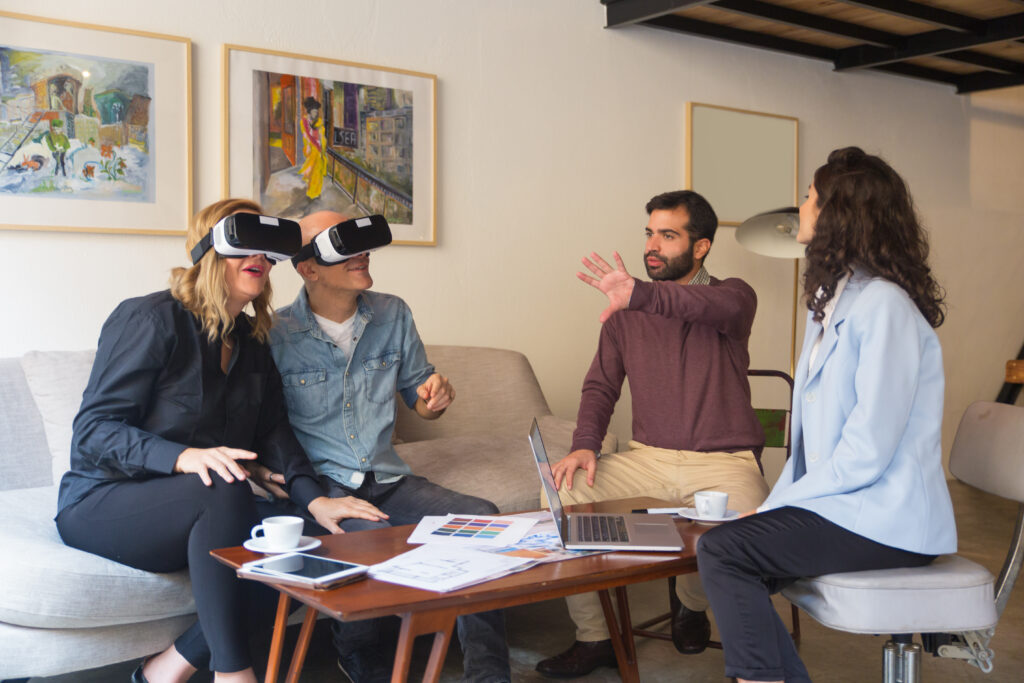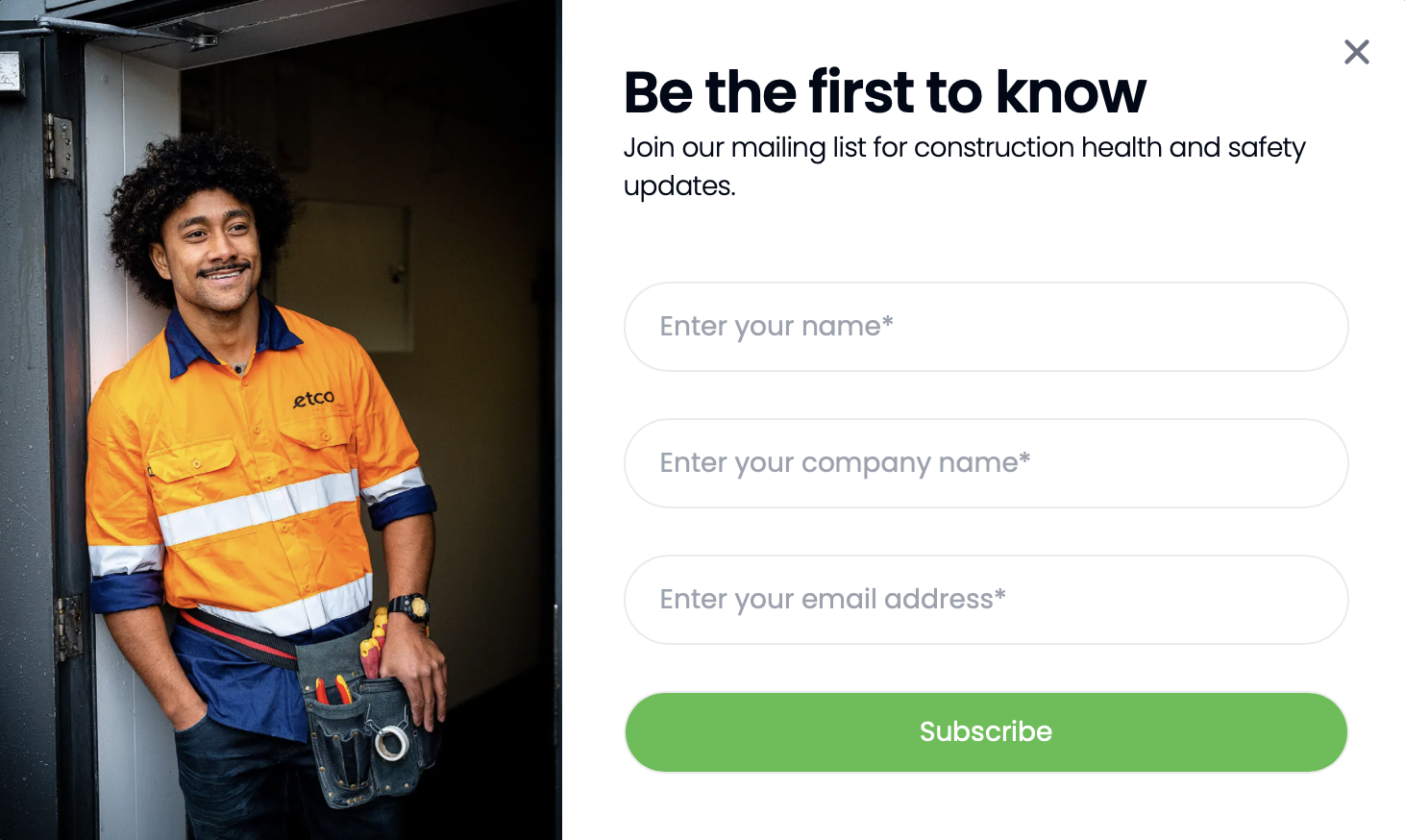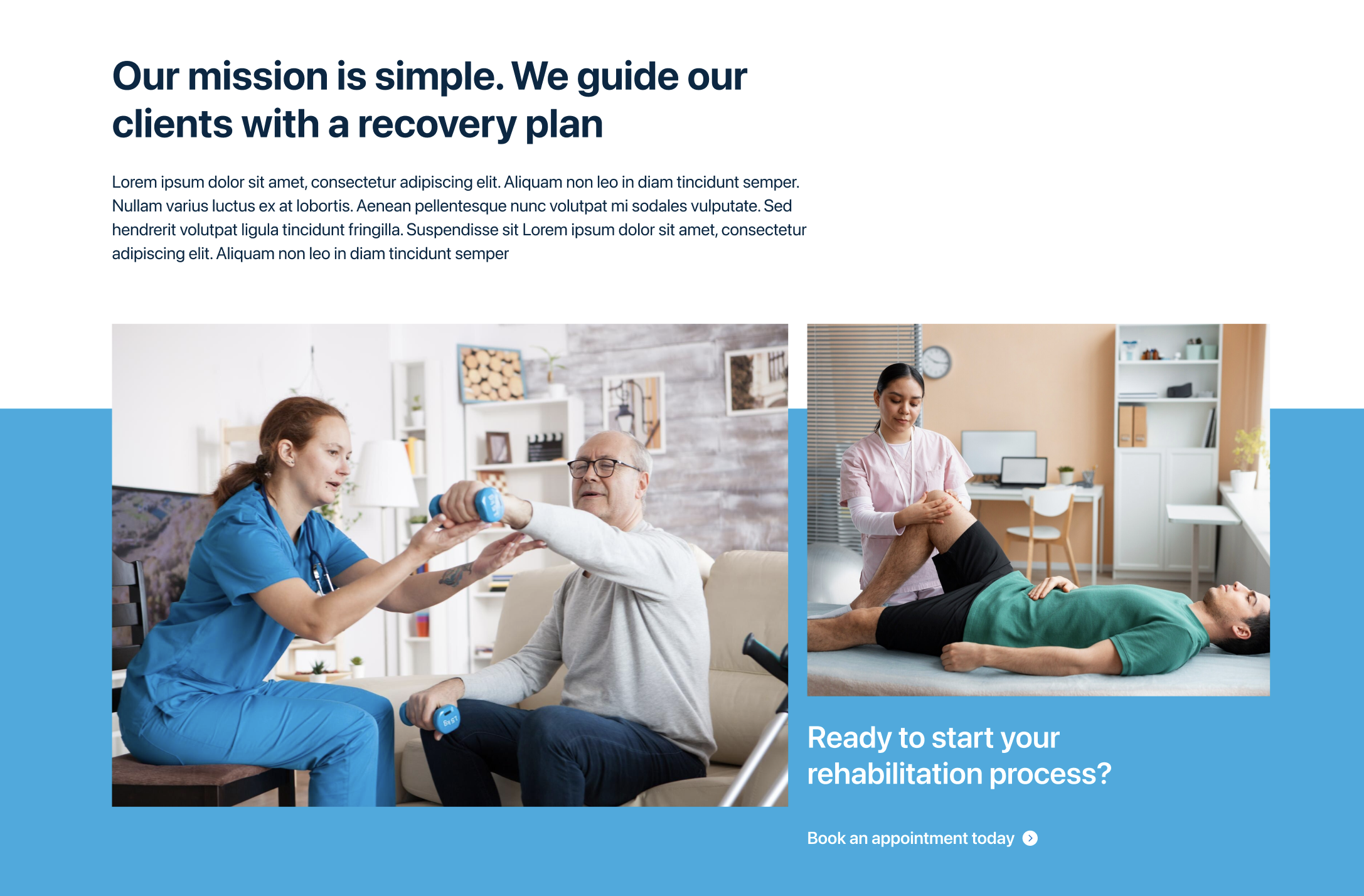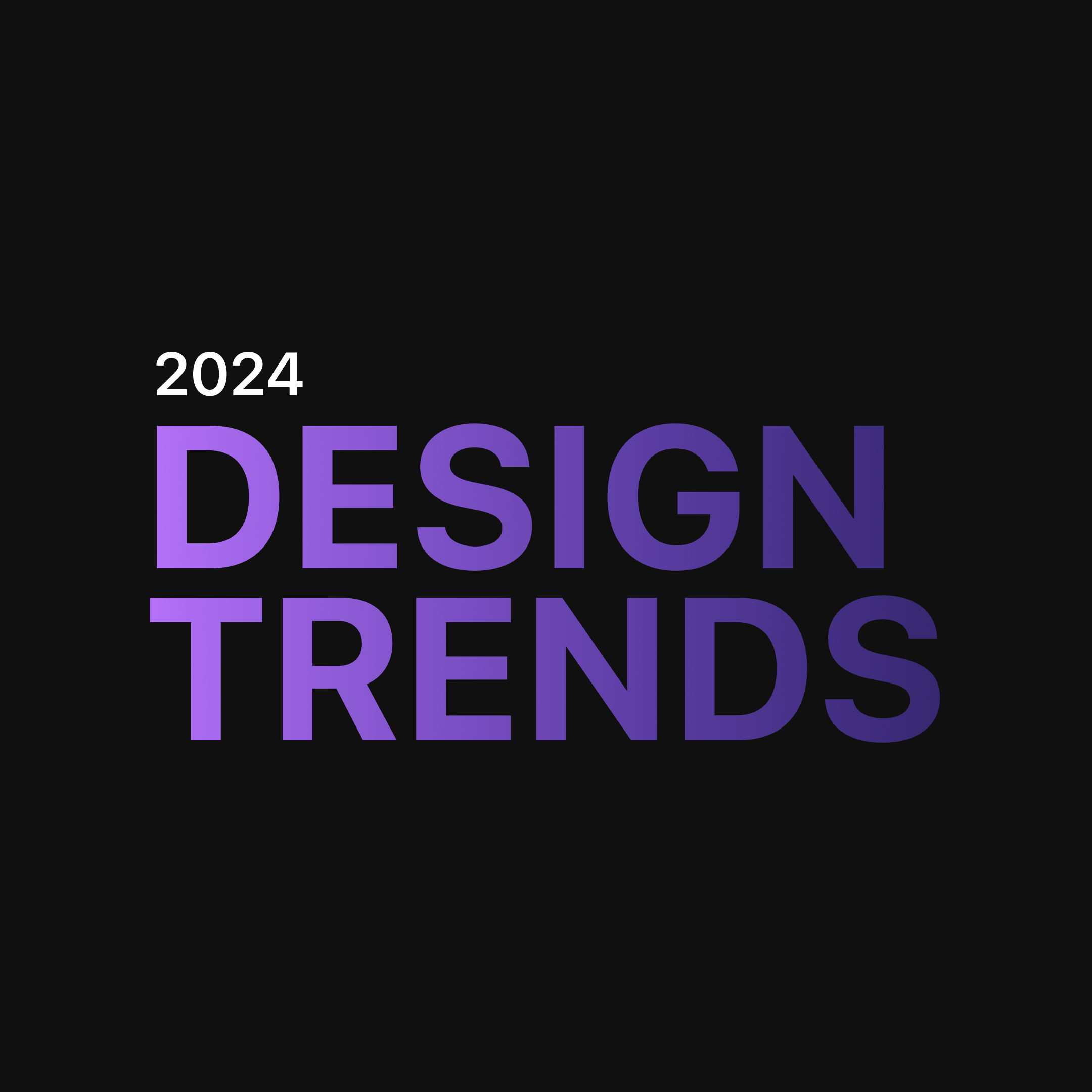Introduction
Web design is constantly evolving, and staying ahead of the latest trends is essential for businesses looking to maintain a modern and competitive online presence. As we move through 2024, new technologies, user behaviours, and design principles are shaping the future of web design. From AI-driven personalisation to immersive virtual experiences, the trends emerging this year will redefine how businesses engage with their audiences online.
In this post, we’ll explore the top web design trends to watch in 2024 and how incorporating these innovations can help future-proof your website.
AI-Driven Personalisation
Artificial intelligence (AI) is transforming the way websites interact with users, delivering personalised experiences based on user behaviour, preferences, and data insights. In 2024, AI-driven personalisation is becoming even more sophisticated, offering dynamic content and recommendations that enhance user engagement.
How AI Personalisation Impacts Web Design:
- Dynamic Content: AI can analyse user data in real time, delivering tailored content such as product recommendations, personalised greetings, or location-based offers.
- Behavioural Insights: AI-powered tools track user behaviour to predict what users are likely to do next, allowing websites to serve relevant content or guide users through the conversion funnel more effectively.
- Chatbots and Virtual Assistants: AI chatbots are becoming more human-like, providing real-time customer service, answering questions, and even making product suggestions based on user input.
By integrating AI into your web design, you can create a more engaging and personalised user experience that boosts conversions and customer loyalty.
Immersive Experiences with VR and AR
Virtual reality (VR) and augmented reality (AR) are making their way into mainstream web design, creating immersive experiences that go beyond traditional two-dimensional browsing. These technologies allow users to interact with products or environments in ways that weren’t possible before, particularly in industries like real estate, fashion, and retail.
How VR and AR Enhance User Interaction:
- Virtual Try-Ons: Ecommerce businesses, especially in fashion and beauty, are using AR to allow customers to virtually “try on” products, from clothes to makeup, before making a purchase.
- Interactive Product Demos: For industries like furniture, home décor, or real estate, VR can provide 360-degree views or virtual walkthroughs of products, giving users a deeper sense of what they’re buying.
- Immersive Brand Experiences: AR filters or VR experiences can be used in marketing campaigns, creating memorable and interactive experiences that differentiate your brand from competitors.
As AR and VR technologies become more accessible, incorporating them into your website can provide an engaging and immersive experience that captivates users and enhances decision-making.

Minimalist Design with a Focus on Functionality
The trend toward minimalist web design continues through 2024, but with a stronger emphasis on functionality and performance. Rather than focusing solely on aesthetics, minimalist design in 2024 will prioritise clarity, simplicity, and the user journey. Clean lines, ample white space, and intuitive layouts help users find what they need quickly and without distractions.
Key Elements of Functional Minimalism:
- Clutter-Free Layouts: Simplified navigation menus and stripped-down interfaces help users focus on key content or actions. This reduces cognitive load and makes browsing more intuitive.
- Fewer, More Impactful Elements: By limiting design elements, such as animations or large images, websites can load faster and perform better across devices, improving user experience.
- Focus on User Intent: Minimalist design isn’t just about aesthetics; it’s about understanding user intent and designing with the goal of helping visitors accomplish tasks quickly and efficiently.
By embracing minimalist design with a focus on functionality, your website can deliver a sleek, modern experience that’s both visually appealing and easy to navigate.
Microinteractions for Enhanced User Engagement
Microinteractions are small, subtle design elements that provide feedback or enhance the user experience in an almost invisible way. These tiny animations or responses, such as a button changing colour when hovered over or a small sound effect when an action is completed, add personality to a website and make interactions feel more natural.
Examples of Microinteractions:
- Hover Effects: Buttons or icons that change colour, grow in size, or animate slightly when hovered over provide instant feedback, making the user feel more connected to the interface.
- Form Validation: Instant feedback when users fill out forms (such as check marks when fields are correct or red text for errors) reduces frustration and helps guide users through the process.
- Loading Animations: A small spinning icon or progress bar during loading times reassures users that the page is working and reduces the perceived wait time.
Microinteractions not only enhance usability but also add an element of delight that can make your website feel more interactive and engaging. These subtle design touches can lead to improved user satisfaction and higher engagement rates.

Sustainability-Focused Web Design
As businesses become more eco-conscious, so does web design. In 2024, sustainability plays a large role in digital development, with websites designed to minimise their environmental impact. Energy-efficient design practices not only benefit the environment but can also improve website performance and user experience.
Sustainability in Web Design:
- Lightweight Pages: Websites with optimised images, minimised code, and fewer elements require less energy to load and run, reducing their carbon footprint. These optimisations also improve load times, benefiting both users and the environment.
- Green Hosting: Choosing web hosting providers that use renewable energy or carbon-neutral technologies is becoming a popular choice for businesses looking to reduce their digital impact.
- Dark Mode: Offering a dark mode option not only provides a better viewing experience in low-light environments but also reduces energy consumption, particularly on OLED screens.
Incorporating sustainability into your web design practices reflects your brand’s values and demonstrates a commitment to reducing environmental impact, which can resonate with eco-conscious consumers.
Voice User Interface (VUI) Optimisation
With the rise of voice search and virtual assistants like Siri, Alexa, and Google Assistant, optimising your website for voice interaction is becoming increasingly important. Voice user interfaces (VUI) enable users to interact with websites using natural language, creating a more intuitive and accessible experience.
Voice-Optimised Design Strategies:
- Conversational Interfaces: As voice search grows, websites will need to be optimised for conversational queries. This means focusing on longer, natural language phrases rather than short, keyword-driven terms.
- Voice Search Integration: Implementing voice search functionality on your website can help users find information quickly, especially on mobile devices or hands-free setups.
- Structured Data for Voice Search: Using structured data (schema markup) makes it easier for search engines to extract relevant information from your website and deliver concise answers to voice search queries.
Voice interfaces are becoming an essential part of the user experience, especially as more people rely on voice-activated devices. Optimising for voice search ensures that your website remains accessible and user-friendly in this growing trend.
Asymmetrical Layouts and Experimental Grids
Asymmetry and unconventional grid layouts are gaining popularity in web design, offering a bold, dynamic alternative to traditional, symmetrical designs. These layouts break away from the rigid structure of grid-based design, allowing for more creativity and visually engaging compositions.
Benefits of Asymmetrical Design:
- Unique Visual Appeal: Asymmetrical layouts stand out from the uniformity of typical websites, capturing user attention and creating a memorable browsing experience.
- Directing User Focus: By breaking traditional grids, you can guide users’ eyes to specific sections of your site, highlighting key content, calls to action, or products.
- Brand Personality: Asymmetry allows for more creative freedom, enabling you to express your brand’s personality in a way that feels fresh, modern, and original.
While asymmetrical designs can be more challenging to execute, they offer a unique and engaging experience that differentiates your brand from competitors.

Conclusion
As web design trends continue to evolve, businesses must adapt to stay competitive and meet changing user expectations. From AI-driven personalization and immersive VR experiences to minimalist design and voice interfaces, the trends shaping 2024 offer exciting opportunities to enhance user engagement, improve performance, and future-proof your website.
By incorporating these trends into your website, you can create a modern, high-performing digital experience that resonates with your audience and positions your business for long-term success. Don’t just follow the trends — embrace them strategically to ensure your website remains relevant, engaging, and ahead of the curve.
If you want a hand or to find out more, you can contact Builtflat here.
